Island Restoration
Create Balance for Native Species
The goal is to break this cycle by managing invasive species, restoring native vegetation and removing deer impacts to give Catalina’s native plants and animals the chance to thrive.
Action Plans to Create Balance for Native Species
Invasive plants and animals disrupt Catalina’s natural balance. Invasive grasses rebound quickly after fire, creating more fuel, while invasive deer eat down young native seedlings before they can re-establish. The cycle then repeats by feeding more frequent wildfires, weakens soils and leaves fewer native seeds in the ground to sprout.
Our Approach
Catalina’s ecosystems need active management to break the cycle of invasive species fueling fire risk. We’re combining traditional ground-based methods for invasive deer removal with cutting-edge wildlife monitoring to restore balance.
ACTION PLANS
INVASIVE PLANT MANAGEMENT
Working to stop invaders before they spread.
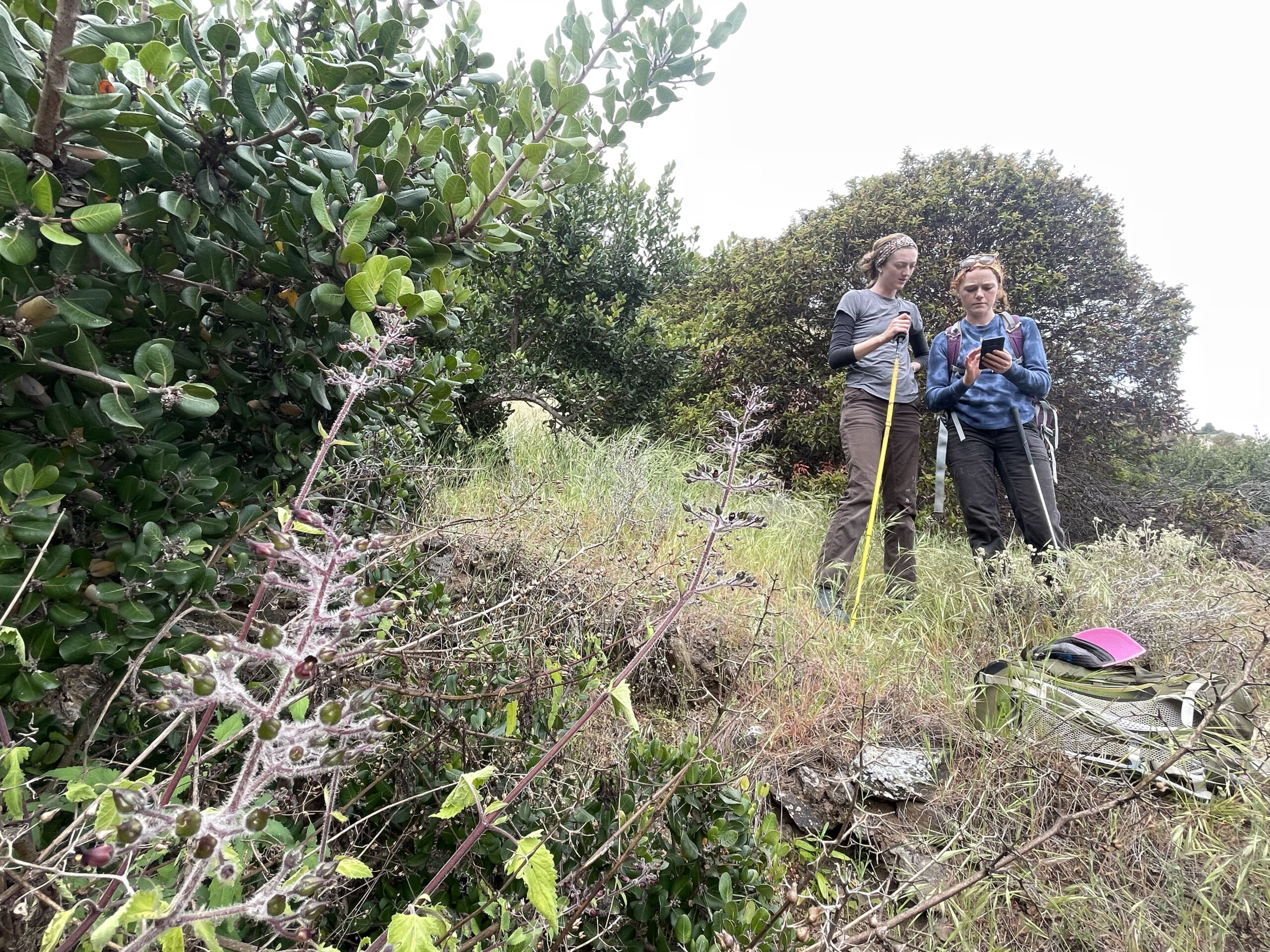
- The Catalina Invasive Plant Program (CIPP) is our 20-year island-wide defense system.
- We monitor high-traffic areas like trailheads and roads for early outbreaks, then act quickly.
- Staff, volunteers and contractors are trained for early detection and rapid response.
- This program has prevented dozens of new species from becoming established, saving years of future effort and cost.
CATALINA ISLAND FOX HEALTH AND MONITORING
Protecting the fox means preventing the next disease outbreak.
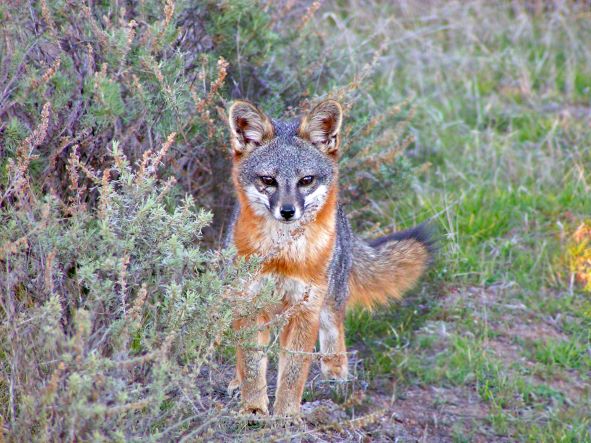
- Every year, we capture and check hundreds of foxes across the Island to monitor their health and prevent disease outbreaks.
- Each fox is weighed, vaccinated and treated for parasites.
- Some receive radio collars that send out signals to alert us to illness or injury, allow us to respond quickly.
- These protections are critical to preventing another event like the 1999 distemper outbreak that nearly wiped them out.
Disease Surveillance and Biosecurity
- Blood samples are collected to test for distemper, rabies, parvovirus and other diseases that could devastate the fox population.
- Samples are sent to Cornell University and UC Davis to track virus exposure in the fox population.
- This data also supports state and federal reporting and informs our annual conservation actions.
- All findings feed into an annual adaptive management cycle reviewed by federal and state agencies.
Fox Hotline and Community Reporting
- A public fox hotline lets residents and visitors report sick or injured foxes.
- Our team investigates each case, and in many instances, it’s the public that helps us detect problems early.
- This community-driven system has already helped us reduce suffering and increase response time.
BIRD MONITORING
Detecting Restoration Changes to Biodiversity
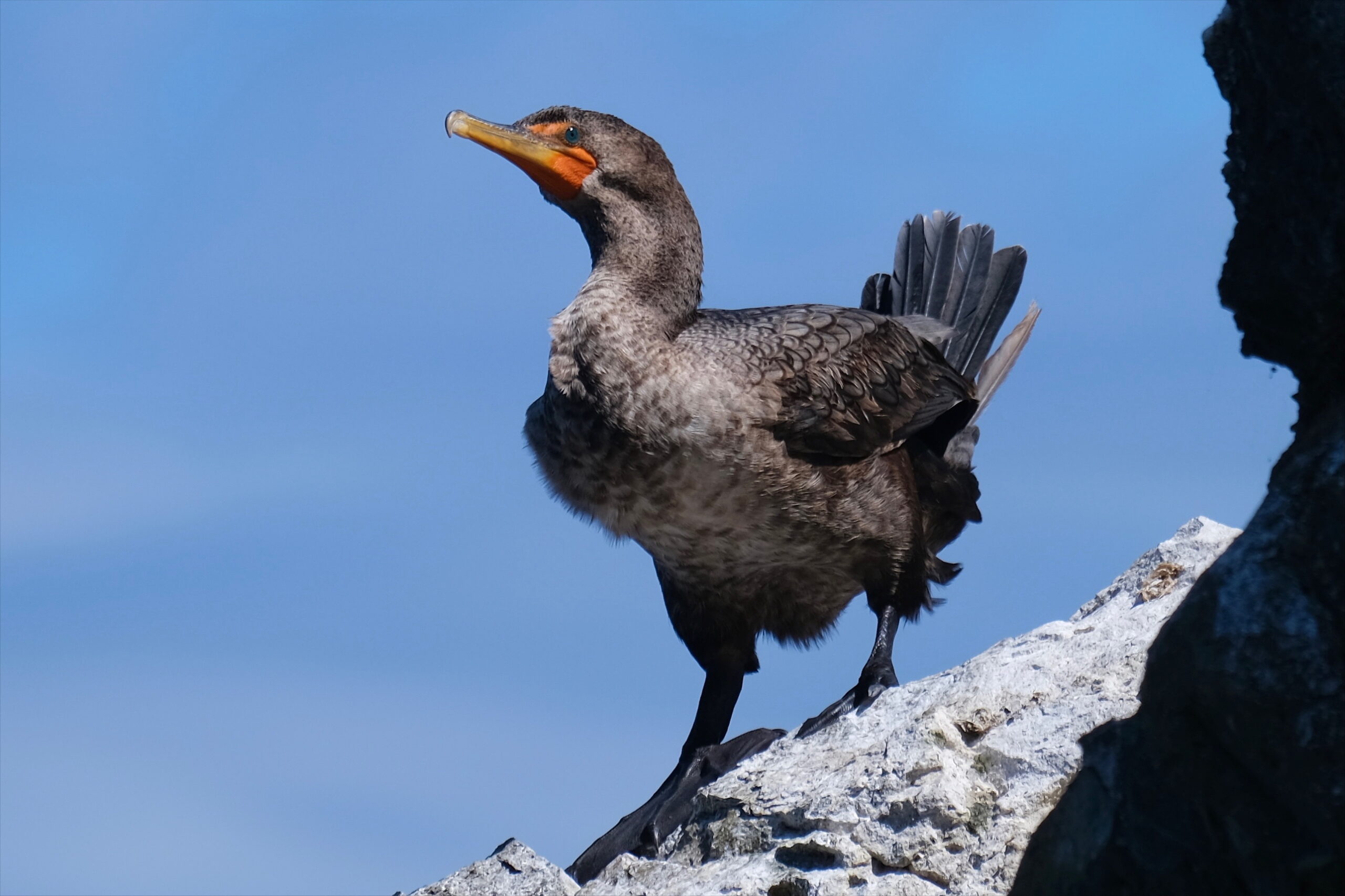
- Bird surveys and monitoring are critical to understand how ecosystems have changed over time since certain species indicate positive or negative changes over time.
- Using remote devices and technology, we can document species present or absent in certain areas.
- There are 34 audio devices recording bird sounds to detect species on the Island.
SHREW MONITORING
THE RAREST MAMMAL ON THE ISLAND
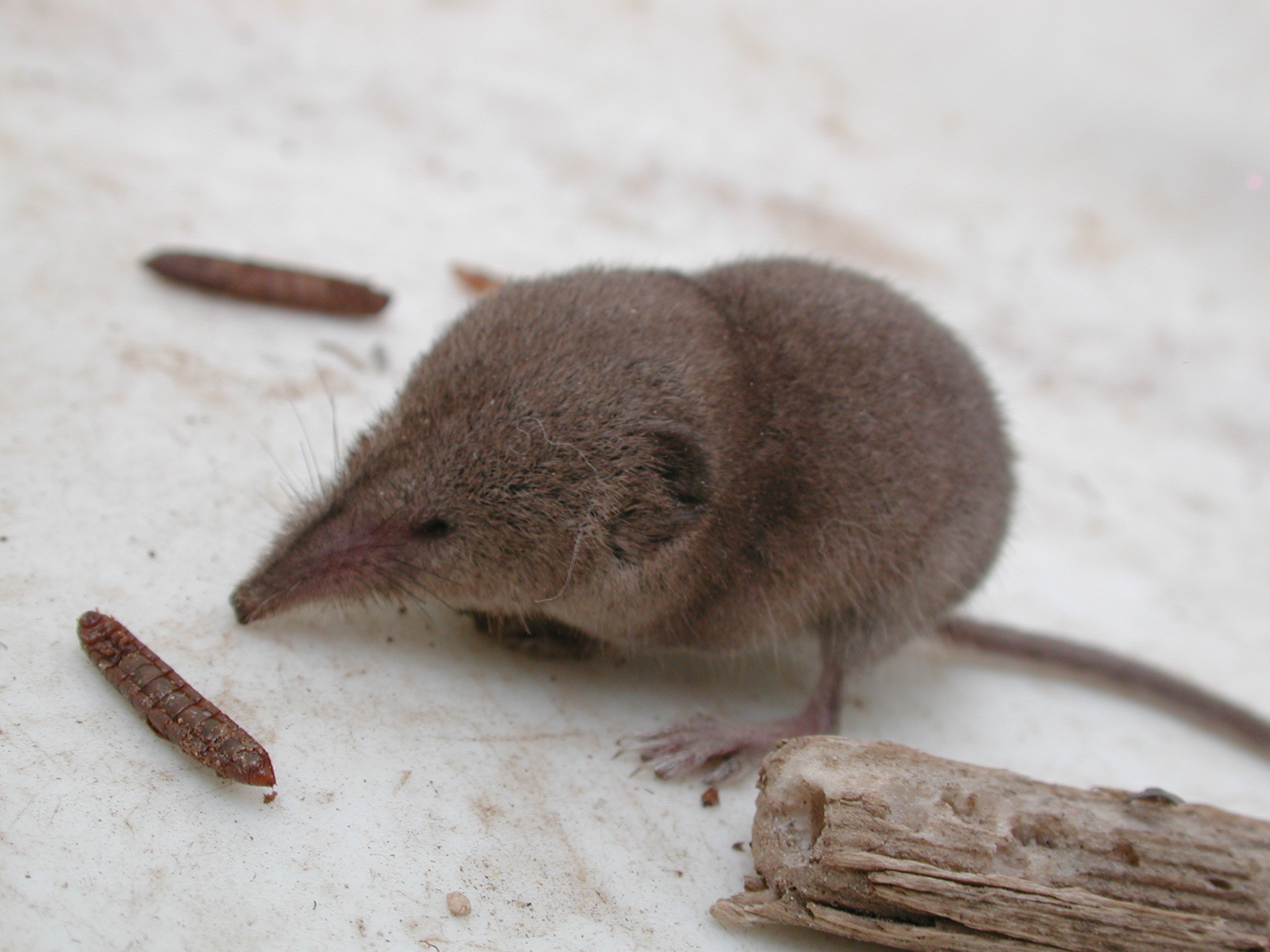
- The Catalina shrew is tiny, elusive and only found on this Island. It depends on leaf litter and moist, shaded habitat.
- We use camera traps and, when funding is available, live pit traps (5-gallon bucket buried in the ground) to detect them and track how restoration efforts affect their survival.
- Their presence signals whether native ground cover is coming back in critical microhabitats.
- Only a few dozen have ever been recorded, making every detection critical.
SMALL MAMMAL SURVEYS
TRACKING RECOVERY ACROSS THE FOOD WEB
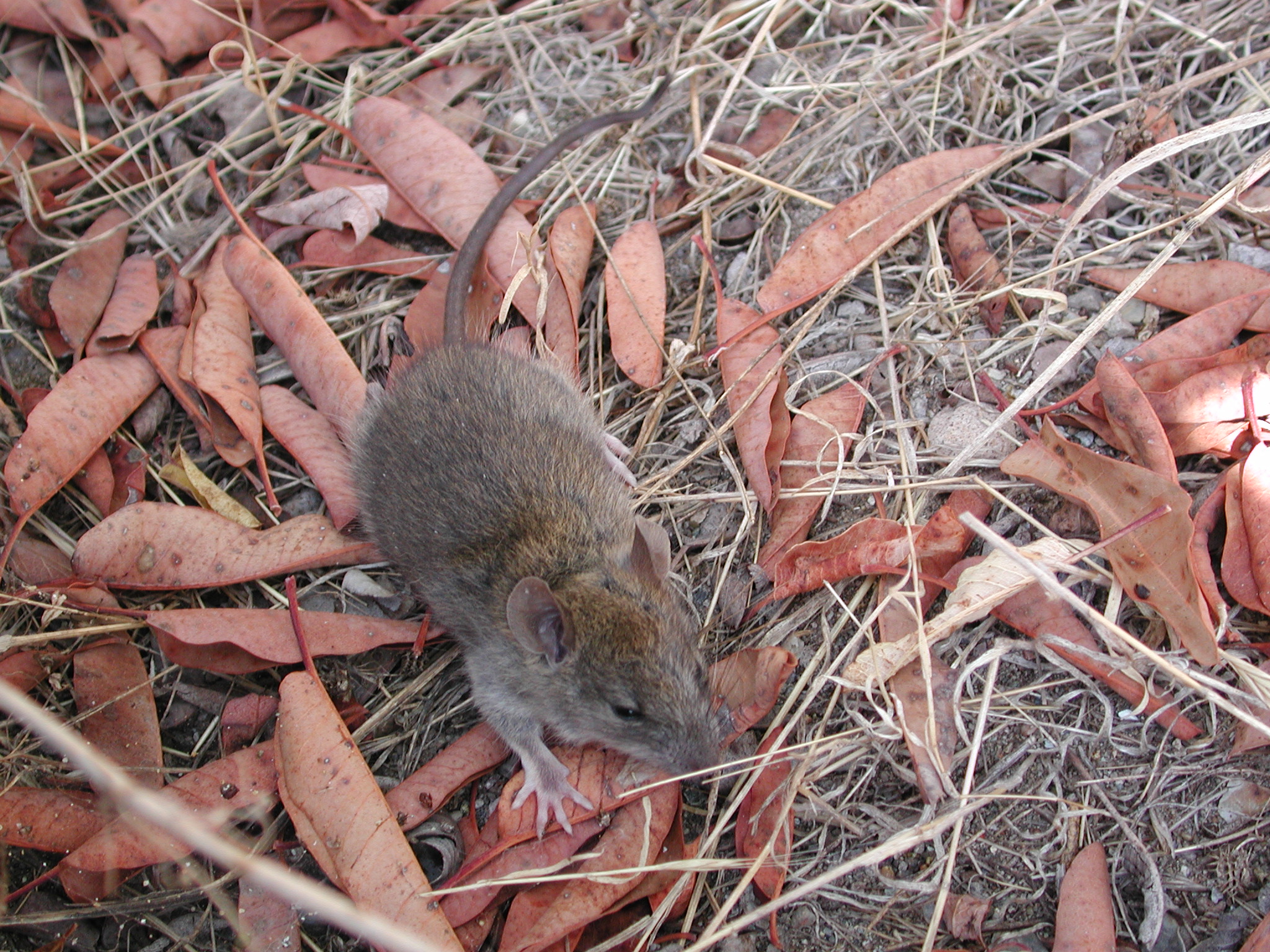
- Catalina’s deer mice, harvest mice and ground squirrels are unique subspecies, but haven’t been studied in decades due to lack of resources in managing invasive plant and animal species.
- By surveying them across the Island, we can track whether restoration is helping native species at the base of the food web.
- All captured animals are safely tagged, released and monitored.
SURVEYS OF FROGS, LIZARDS AND SNAKES
INDICATORS OF HEALTHY HABITAT
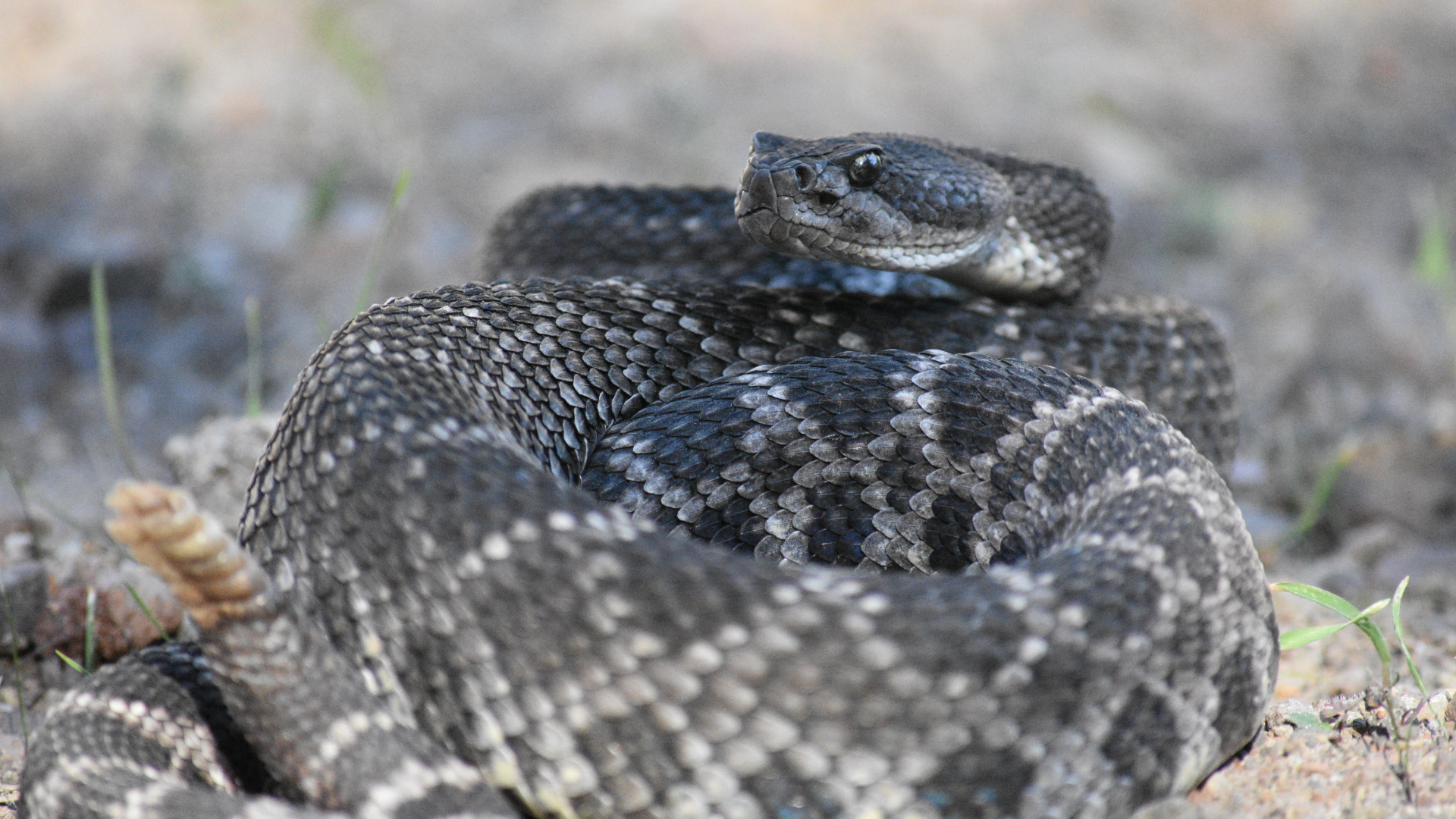
- Catalina has more native reptiles and amphibians than any other Channel Island, including kingsnakes, chorus frogs and rattlesnakes.
- These species rely on healthy soil, ground cover and freshwater, all of which are affected by invasive species and habitat degradation.
- We survey native and invasive amphibians and reptiles (including invasive bullfrogs, which threaten native frogs and salamanders).
BUTTERFLY AND MOTH SURVEYS
POLLINATORS TELL THE STORY
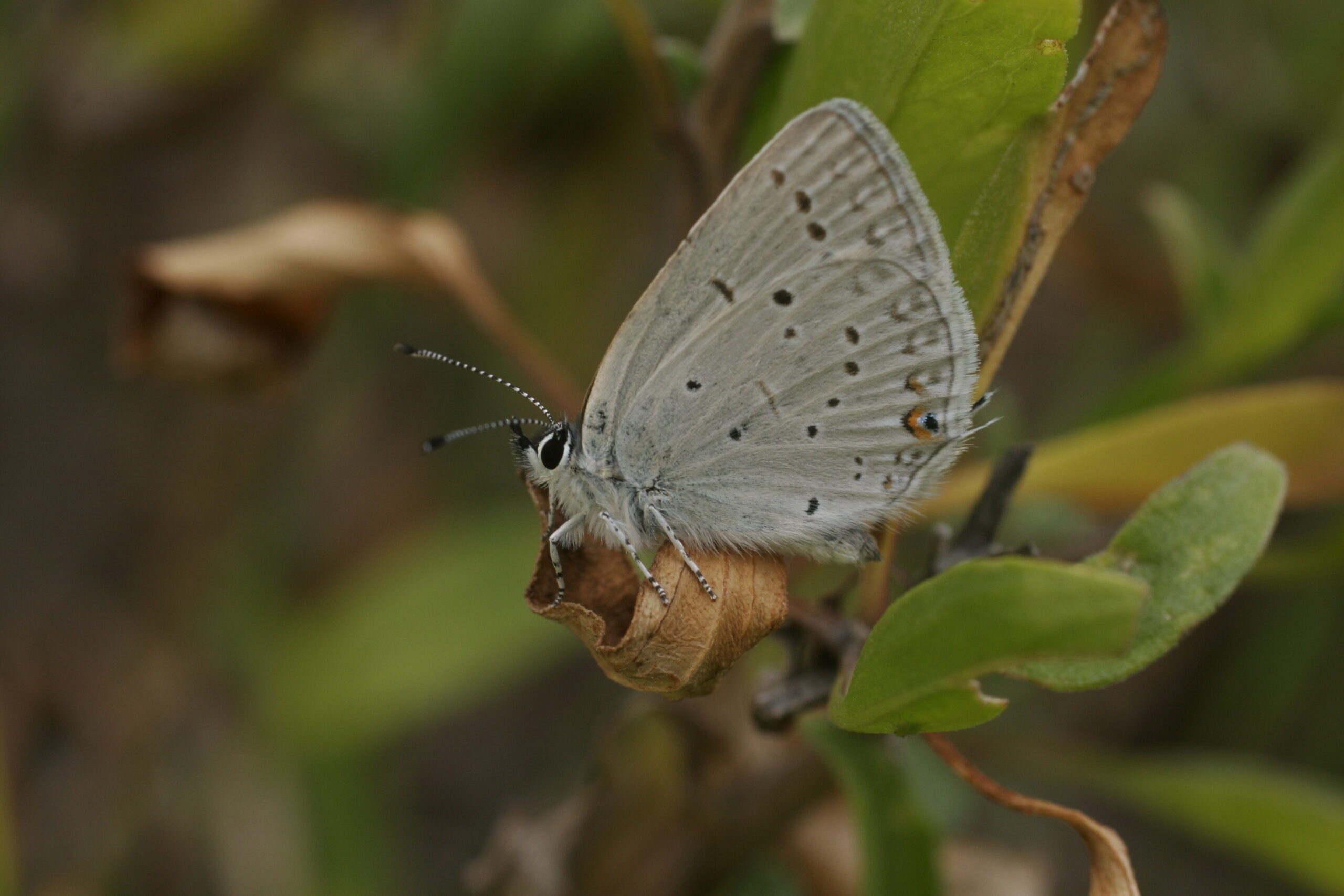
- Butterflies and moths are important pollinators and indicators of healthy habitat.
- Surveys at 20 sites use DNA barcoding, traps and host plant observations to track biodiversity and changes over time.
- These surveys show how native plant restoration benefits insects, and the many animals that rely on them.
- At least six species are only found on Catalina.
INVASIVE DEER REMOVAL
Restoring Balance, not just reducing numbers
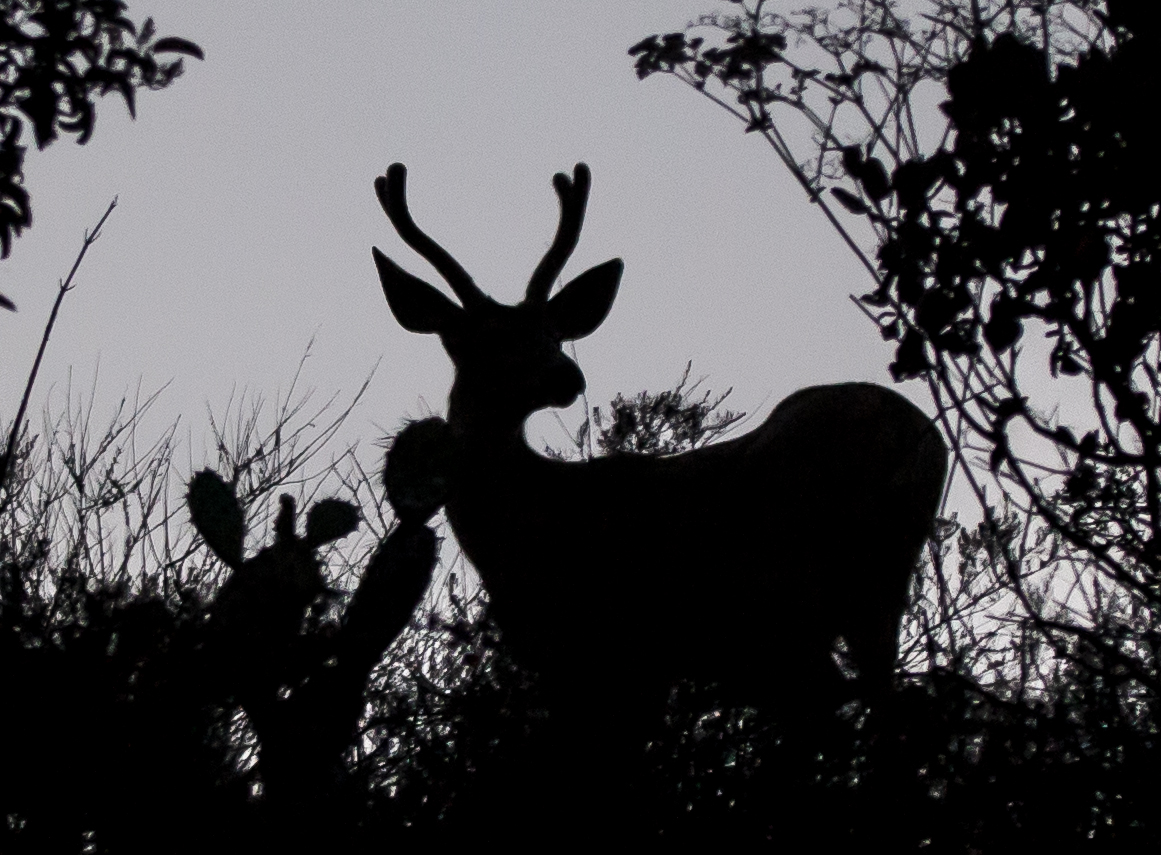
- The removal of invasive deer is the only option for island restoration following review of multiple alternatives.
- Invasive mule deer were introduced to Catalina in the 1920s and now severely over browse native plants and eat seedlings before they can re-establish.
- Based on community feedback, we have removed aerial shooting of invasive mule deer.
- Instead, the primary removal method will be carried out by professionals on-the-ground.
- The plan will be conducted with the highest standards of safety and humane practice over multiple years. This will not happen overnight.
- The project’s methods are designed for complete population removal and follow the stringent guidelines set by the American Veterinary Medical Association (AVMA) for humane handling and depopulation.
Breaking the Cycle
Why Invasives Intensify Wildfire Risk
Recent wildfires on the mainland are a stark reminder of how quickly wind-driven flames can escalate in dry, steep terrain. Today, ecosystems dominated by invasive and highly flammable annual grasses make up roughly 35% of Catalina Island’s landscape, creating the risk for a damaging fire cycle.
Think of this cycle like a bad habit: the more it happens, the harder it is to break.
After a fire, invasive grasses rebound quickly, like weeds in a garden, crowding out the slower-growing native plants that help resist future burns. Invasive deer accelerate this process by grazing down native seedlings, clearing the way for even more invasive grass to spread. This has been proven by independent research on Catalina Island after the 2007 Island Fire.
This dry, fast-burning fuel leads to hotter, more frequent and destructive fires, which in turn allow even more invasives to take hold. This self-reinforcing pattern is known as a positive feedback loop, and the longer it continues, the harder it becomes to stop.️
DEER REMOVAL METHODS THAT WILL NOT BE USED
Based on community feedback and wildlife restrictions, the following methods were carefully considered but are ruled out due to lack of feasibility, community concerns, safety issues and importantly, state laws or regulations. All decisions reflect science, animal welfare and ecosystem integrity.
- No to aerial sharpshooters – Though most effective, we removed this method based on community feedback and shifted to ground-based professionals.
- No to recreation hunting – We’ve tried this for 42+ years. Despite 1,000 tags offered in 2024, only 379 deer were harvested. Deer populations respond to hunting pressure with increased reproduction, making population control through hunting alone ineffective.
- No to fencing – Impractical on 48,000 acres of rugged terrain. Would require constant repairs, risk concentrating deer into areas like Avalon, and worsen competition for food and water. State regulators would never approve confining deer to smaller areas.
- No to introducing predators – Would create risk to humans and rare wildlife like the Catalina Island fox. State would never approve.
- No to relocation – Capture and transport cause severe stress, often leading to death. Moving deer to the mainland raises disease concerns. State would never approve.
- No to contraception – Not technically feasible across 48,000 acres of remote terrain. Requires repeated treatments on every deer (impossible for solitary animals) and is not 100% effective. Even non-reproducing deer are still eating native plants. Some surgical sterilization may be used in a limited capacity for some deer around Avalon.


